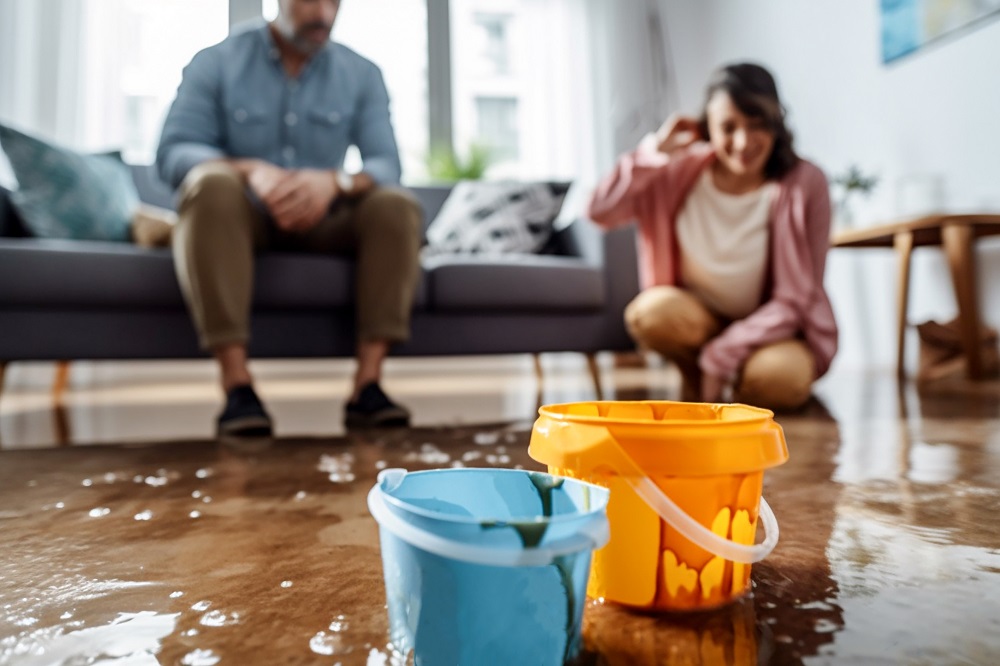Discovering a leak in your home can be a stressful experience, but taking swift and decisive action is essential to prevent further damage. Whether it’s a burst pipe, a roof leak, or a malfunctioning appliance, knowing how to respond can make a significant difference. This article will guide you through the steps to take when your home springs a leak.
- Turn Off the Water Supply
If the source of the leak is a plumbing issue, such as a burst pipe or a leaking fixture, the first step is to shut off the water supply. Locate the main shut-off valve in your home and turn it clockwise to stop the flow of water. It’s important to learn where your shut-off valve is before you need it in an emergency.
- Electrical Safety
If the leak involves electrical outlets or wiring, exercise extreme caution. Avoid touching any electrical components or switches in the affected area to prevent electric shock. If water has reached the electrical outlets, turn off the power supply to that part of the house from your breaker box.
- Address Immediate Hazards
Assess the situation and address immediate hazards. If the leak is significant and poses a threat to your safety or the structural integrity of your home, evacuate the affected area or even the entire house if necessary.
- Document the Damage
Before you begin cleaning up or making repairs, document the damage. Take photographs or videos of the affected areas, including the source of the leak and any visible water damage. This documentation can be crucial for insurance claims and future reference.
- Contain the Leak
If the leak is minor and can be contained, use towels, buckets, or containers to collect water and prevent it from spreading further. Place towels or absorbent materials around the affected area to soak up water and prevent it from seeping into walls or flooring.
- Call for Professional Help
For most leaks, it’s advisable to get emergency plumbing services, a roofer, or an appliance repair technician, depending on the source of the leak. These experts can assess the situation, locate the source of the problem, and provide necessary repairs.
- Dry and Dehumidify
After the source of the leak is repaired, the affected areas need to be thoroughly dried to prevent mold and mildew growth. Use fans, dehumidifiers, and open windows to promote air circulation and remove moisture. Properly drying the affected areas is essential for preventing long-term damage.
- Insurance Claims
If the damage is substantial and covered by your homeowner’s insurance policy, contact your insurance company to initiate a claim. Provide them with the documentation that you collected earlier, including photographs and videos of the damage.
In conclusion, a leak in your home can be a stressful and disruptive experience, but a prompt and informed response can mitigate the damage and minimize repair costs. Remember to prioritize safety, document the damage, seek professional help when needed, and take preventive measures to avoid future leaks. With the right actions, you can effectively manage and recover from a home leak.

